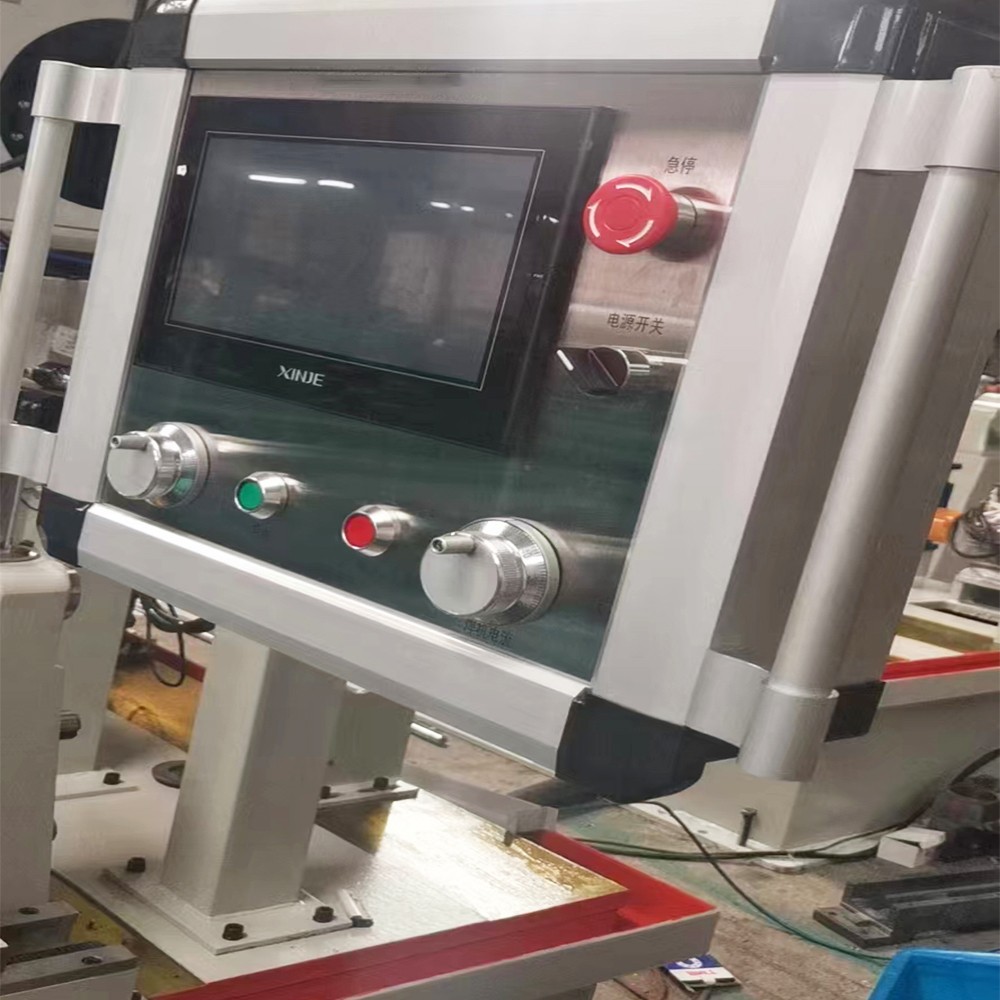Everything You Need to Know About Pipeline Welding
Pipeline welding is a specialized field within the broader realm of welding, focusing on the construction and maintenance of pipelines that transport fluids, gases, or other materials. This process is critical for ensuring the integrity and safety of the infrastructure. Here is a comprehensive overview of everything you need to know about pipeline welding:
1. Types of Pipelines:
Oil and Gas Pipelines: These pipelines transport crude oil and natural gas from extraction sites to refineries and distribution centers.
Water Pipelines: Used for the distribution of potable water or wastewater.
Chemical Pipelines: Transport various chemicals within industrial facilities or for distribution.
2. Materials Used in Pipeline Construction:
Carbon Steel: Widely used for its strength and durability. Carbon steel pipelines are common in the oil and gas industry.
Stainless Steel: Resistant to corrosion, making it suitable for transporting corrosive fluids.
Plastic (HDPE): Lightweight and corrosion-resistant, often used for water pipelines.
Aluminum: Lightweight and corrosion-resistant, but less commonly used due to its cost.
3. Welding Processes:
Shielded Metal Arc Welding (SMAW): Commonly known as stick welding, this process involves using a consumable electrode coated in flux.
Gas Metal Arc Welding (GMAW): Also known as MIG welding, it uses a continuous wire electrode and a shielding gas.
Flux-Cored Arc Welding (FCAW): Similar to MIG welding but uses a tubular wire filled with flux, eliminating the need for an external shielding gas.
Submerged Arc Welding (SAW): Uses a granular flux to protect the weld, often employed for welding large-diameter pipes.
4. Pipeline Welding Positions:
1G (Flat): Welding is done from the top side of the pipe, which is in a horizontal position.
2G (Horizontal): Welding is performed from the side of the pipe in a fixed horizontal position.
5G (Vertical): The pipe is in a vertical position, and welding is typically performed from the bottom side.
6G (Fixed Vertical): Similar to 5G but the pipe is fixed at a 45-degree angle.
5. Welding Inspection and Testing:
Visual Inspection: Welds are visually inspected for defects such as cracks, porosity, or incomplete fusion.
Radiographic Testing (RT): X-rays or gamma rays are used to examine the internal structure of the weld for defects.
Ultrasonic Testing (UT): Uses high-frequency sound waves to detect internal defects.
Magnetic Particle Testing (MT): Detects surface and near-surface defects using magnetic fields.
Dye Penetrant Testing (PT): Reveals surface-breaking defects by applying a colored liquid penetrant.

6. Safety Considerations:
Personal Protective Equipment (PPE): Welders should wear appropriate gear, including helmets, gloves, and flame-resistant clothing.
Ventilation: Adequate ventilation is essential to disperse welding fumes and gases.
Fire Prevention: Fire safety measures, such as having fire extinguishers nearby, are critical due to the flammable nature of some materials.
7. Pipeline Welding Codes and Standards:
American Petroleum Institute (API): Publishes standards for welding in the oil and gas industry, including API 1104 for welding of pipelines.
American Society of Mechanical Engineers (ASME): Provides codes and standards for various aspects of pipeline construction.
8. Challenges and Innovations:
Harsh Environments: Pipeline welding often occurs in challenging environments, such as underwater or extreme temperatures.
Automated Welding: Advancements in robotic and automated welding technologies are being increasingly adopted for pipeline welding to improve efficiency and consistency.
9. Pipeline Maintenance:
Corrosion Prevention: Regular inspection and maintenance are crucial to address corrosion issues and ensure the longevity of pipelines.
Repair and Rehabilitation: Welding is often used for repairing damaged sections of pipelines, including the installation of welded sleeves or patches.
10. Environmental and Regulatory Considerations:
Environmental Impact: Pipeline construction and maintenance must adhere to environmental regulations to minimize ecological impact.
Regulatory Compliance: Welding procedures must comply with national and international standards, and welders often need certifications to work on pipelines.
Pipeline welding is a specialized skill requiring expertise in various welding processes, materials, and safety protocols. As pipelines continue to be a critical part of infrastructure globally, the field of pipeline welding evolves with technological advancements and a focus on safety and environmental considerations.if you want buy a pipe welding machine,contact us


